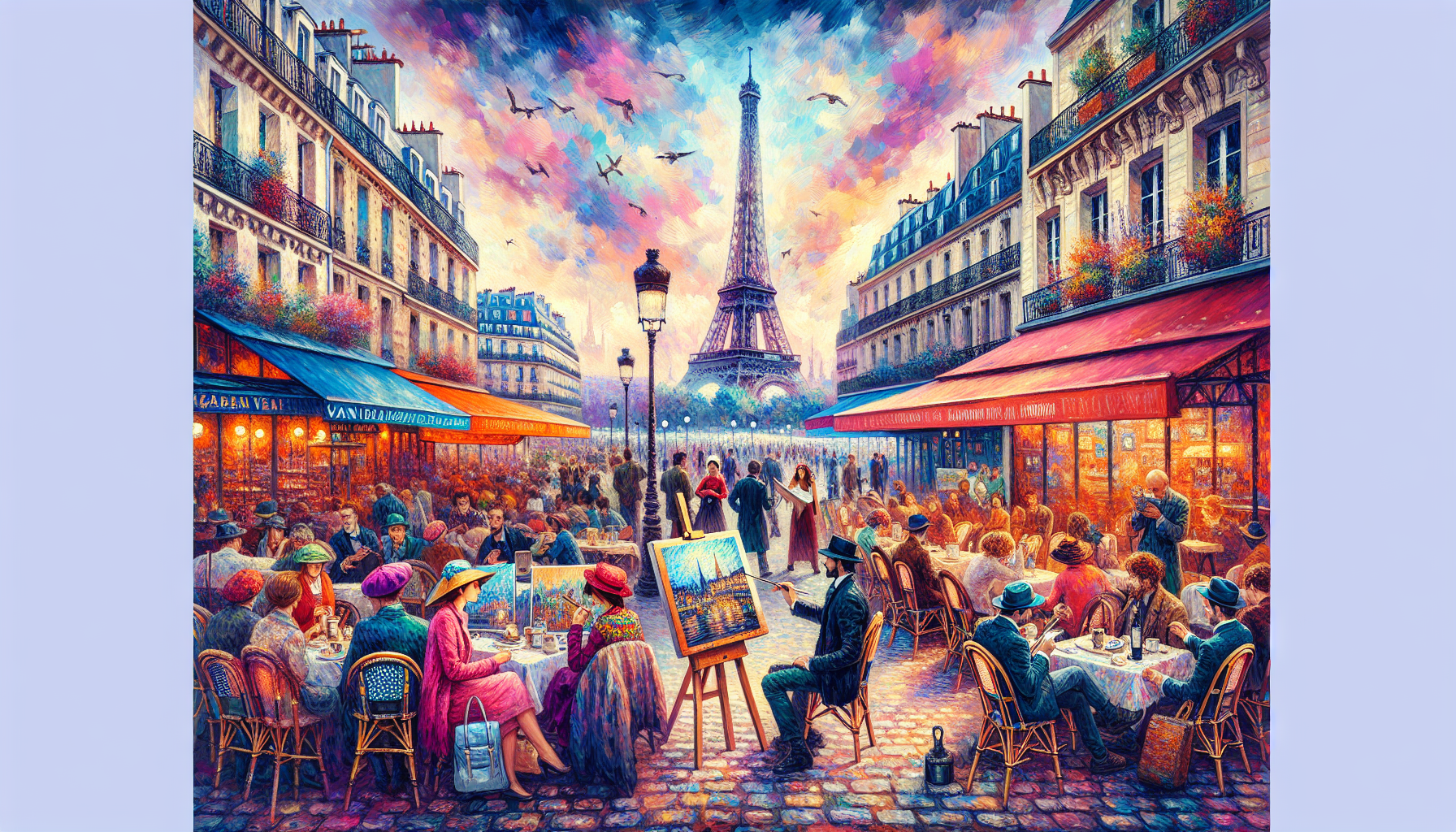During Van Gogh's time in Paris, the city was a thriving hub of artistic innovation and cultural dynamism. His relocation to the French capital in 1886 marked a pivotal point in his artistic journey, as the vibrant streets and diverse landscapes dramatically influenced his evolving style.
Upon arriving in Paris, Van Gogh was immediately struck by the lively atmosphere of the city. The bustling cafés and busy marketplaces offered a rich tapestry of colors and characters that invigorated his artistic imagination. Unlike the subdued tones of his earlier works, Van Gogh began to embrace a brighter and more vivid palette, capturing the essence of Parisian life in all its vitality. The lively Montmartre district, with its cabarets and lively crowds, played a significant role in his transition towards more expressive use of color and form.
In addition to the city's energetic social scene, the serene gardens and picturesque landscapes provided Van Gogh with ample inspiration. The gardens of Montmartre and the tranquil banks of the Seine offered him moments of contemplation and the opportunity to explore natural beauty through a new lens. His landscapes from this period exhibit a more nuanced understanding of light and shadow, reflecting the influence of the Impressionists and other contemporary artists he encountered in the city.
Van Gogh's interactions with fellow artists also contributed to his artistic development. In Paris, he met and exchanged ideas with luminaries such as Paul Gauguin and Emile Bernard, whose bold techniques and unconventional perspectives pushed Van Gogh to experiment with his own style. This cross-pollination of artistic ideas encouraged him to move away from traditional techniques and develop the distinctive brushwork that would later become a hallmark of his work.
Moreover, the burgeoning art scene in Paris exposed Van Gogh to new movements and ideas that broadened his artistic horizon. The innovative approaches of Impressionism, Neo-Impressionism, and Japanese art deeply influenced his technique and subject matter. The flat areas of color and bold outlines found in Japanese prints, for example, inspired him to simplify forms and use color more expressively.
Van Gogh's Parisian period was one of profound transformation, where the vibrant city life, serene landscapes, and dynamic artistic community all played crucial roles in shaping his unique style. By the time he left Paris for Arles in 1888, he had laid the groundwork for the expressive and emotive works that would define his legacy. His time in Paris was not just a chapter, but a catalyst that propelled him towards the creation of some of the most iconic pieces in the history of art.
